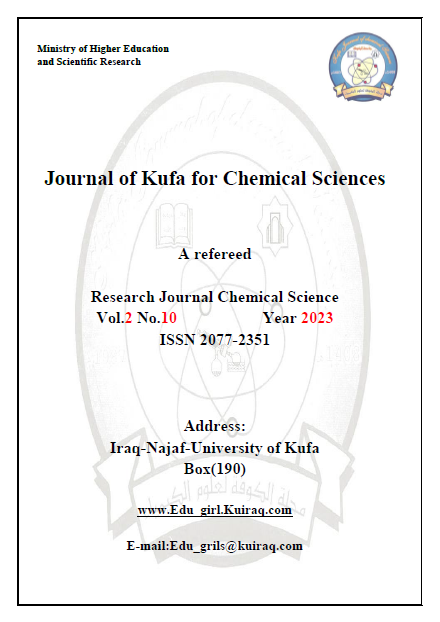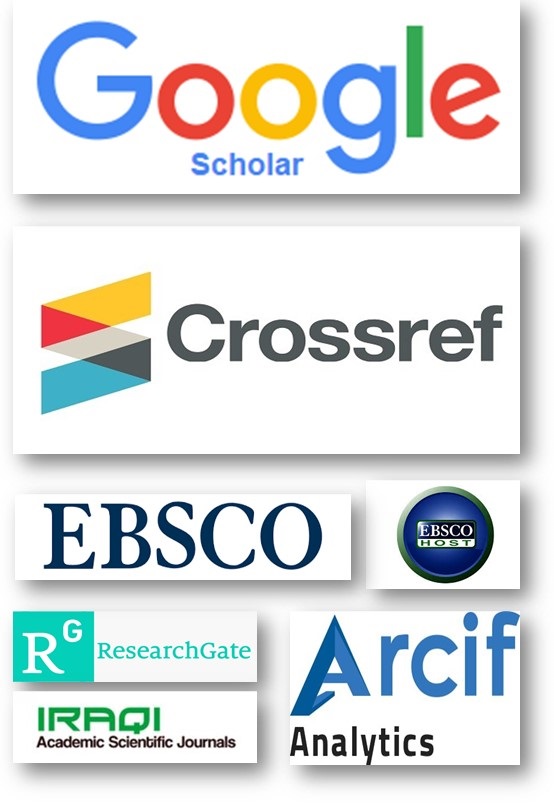Nanogold-Bound Copper Complexes and Their Various Applications: A Review Article
DOI:
https://doi.org/10.36329/jkcm/2023/v2.i10.12497Keywords:
Nano gold, Copper Complexes, ApplicationsAbstract
The term "nano gold," also known as "gold nanoparticles," is commonly used. These particles are extremely small, with a diameter of less than 100 nm, which is only a fraction of the width of a human hair. Due to their tiny size, nano gold particles are often found in a colloidal solution, where they are suspended in a liquid stabilizer. This colloidal gold is essentially another name for nano gold. The main method for producing gold nanoparticles in a colloidal solution is the citrate synthesis technique, which involves combining different solutions to precipitate the gold nanoparticles[1-5]. In biological systems, copper complexes play a significant role at the active sites of many metalloproteins. These complexes have potential applications in various catalytic processes that occur in living organisms, such as electron transfer reactions and the activation of specific antitumor substances. These processes are relevant in the fields of medicinal chemistry and bioinorganic chemistry. The interaction of copper chelates with biological systems and their noteworthy activities against neoplastic, bacterial, fungal, and cancerous cells are also important. Many copper (II) N, S, O / N, N-donor chelators function as effective anticancer agents due to their ability to bind with DNA base pairs[6-10]. Using hydrophilic gold nanoparticles (AuNPs) as carriers for copper complexes is a novel and purposeful strategy that Could raise these compounds' stability and solubility in H2O aqueous., thus enhancing their bioavailability. The regulated release of Cu-complexes made possible by this method also creates the possibility for fruitful in vivo and in vitro tests. The definition, significance, and numerous applications of copper complexes in connection to nanogold are presented in this review study[11-15].
Downloads
Downloads
Published
How to Cite
Issue
Section
License
Copyright (c) 2023 Journal of Kufa for Chemical Sciences

This work is licensed under a Creative Commons Attribution 4.0 International License.
Open-access Statement
The journal « Journal Of Kufa For Chemical Sciences» provides immediate open access to its content on the principle that making research freely available to the public supports a greater global exchange of knowledge. Full-text access to scientific articles of the journal is presented on the official website in the Archives section.
This is in accordance with the BOAI definition of open access. The licensing policy is compatible with the overwhelming majority of open access and archiving policies.
The journal «Journal Of Kufa For Chemical Sciences» is an open access journal, which means all its content is freely available without charge to the user or his/her institution. Users are allowed to read, download, copy, distribute, print, search, or link to the full texts of the articles, or use them for any other lawful purpose, without asking prior permission from the publisher or the author as long as they cite the source.The journal is licensed by Creative Commons Attribution International( CC Attribution 4.0) .


